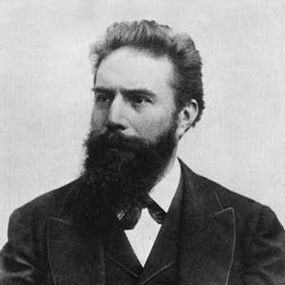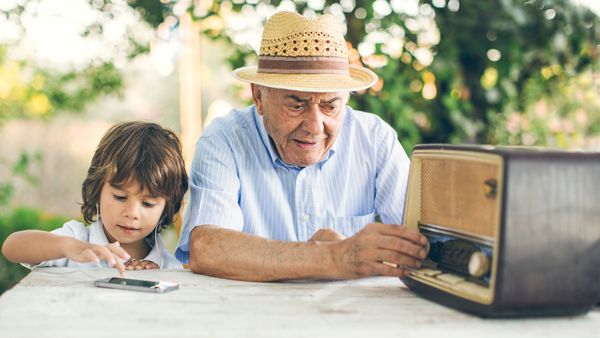Röntgen's work garnered much attention in the scientific community and with the public. He gave his first public lecture on X-ray radiation in January 1896 and showed the new rays' ability to photograph the bones within living human tissue. A few weeks later in Canada, X-ray images were used to find a bullet in a patient's leg [source: Taming the Rays].
An honorary degree in medicine, medals, streets named in his honor and memberships to academic societies all followed. The recognition peaked with the awarding of the first Nobel Prize for physics in 1901 [source: Nobel Prize].
Röntgen deliberately didn't patent his discovery, feeling that scientific advances belonged to the world and should not be for profit. He also donated his Nobel Prize money to his university.
Röntgen's discovery led to major advances in science and medicine, like the development of magnetic resonance imaging (MRI) and computed tomography (CT).



